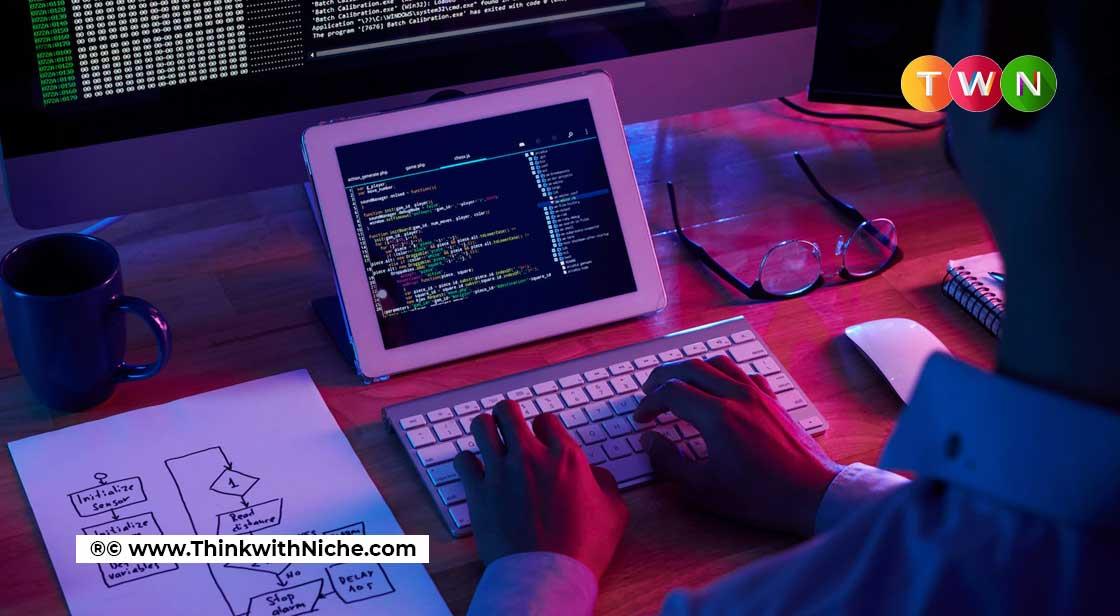Top 5 Programming Languages Every Kid Should Learn At Its Early Age

Blog Post
Python is a good place to start for children in their teens who want to learn how to programme. That is not to say that its versatility and importance in academic and professional ventures are unquestionable. While learning the fundamentals of this language does not take long, practice is important when progressing to more complex languages. This is especially true if the child wants to pursue a career in this field. #ThinkWithNiche
Programming languages are termed as such for a reason. Much like our day-to-day languages, in a world that is becoming more virtual by the second, programming languages must be treated with similar importance. Inculcating this knowledge in kids from a young age makes them much more proficient in the said language as they grow up. Children as young as 7 years old can start learning programming languages. So, what are some languages that a child must get started with?
Blackly
Blackly is a visual coding language that is apt for beginners made by Google in 2011. Given its visually pleasing nature and non-manual instruction, it grabs the child’s attention and lays a foundation in building up to manual programming once they have progressed. It treats coding as a puzzle, which is intriguing for kids and can get them invested in the world of programming. One would think that programming languages are universal, however, not all of them are. The upside to Blackly is that it is offered in 40+ different languages. As a result, a far larger group of children will be able to use it.
Scratch
Like Blackly, Scratch is a visual programming language as well. Best suited for children that are just getting started and need visual engagement prior to full focus and concentration. In this MIT-developed visual programming language, users can drag and drop coding blocks. Not only does this make it interactive and video game-like, but it also saves beginners the frustration of making syntax errors when using a manual programming language.
Lua
Lua is a more game development focussed language and is a step up from the previous two languages mentioned. Its primary usage is in embedded form for applications that are developed on Roblox. This language is a quick one to learn and can take a minimum of flews weeks to a maximum of a few months. This is especially helpful for kids as most of them would like to be involved in something like game development and make their own. And this language grants them the creative freedom to do just that.
Python
Python can be considered a beginners language for slightly older children who would not quite enjoy or engage with visual programming languages. Python is a good place to start for teenagers who want to learn to programme because it is so simple. That does not negate its usefulness and importance in the academic and professional venture. While it does not take much time to learn the basics of this language, practicing is key in moving onto more complex languages. More so if the child wants to pursue a career in this field.
C++
Following through with the progression of complexity explored in the previous languages, C++ is a fairly complex programming language. It helps users run applications locally on their devices. As is predictable, along with the complexity comes a long period of learning time for this particular language. It is safe to say that it is for teens who are very keen on pursuing a career or an academic future in this arena.
Overall, educating your child to code allows them to explore a newfound interest in the field or develop a lifelong skill. This is a good way to channel a child's energy in a healthy manner during these unprecedented epidemic times.












